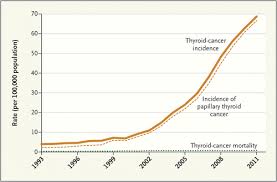Dr. Diane Meier, Director of the Centre of Advanced Palliative Care at Mount Sinai Hospital in New York, in a paper published in the HBR-NEJM blog (Harvard Business Review - The New England Journal of Medicine) poses the question of what should be the value of clinical practice in patients with complex health and social needs.
Lost in the country of the pink bibs
To illustrate what kind of patients Dr. Meier is talking about, I found an article in The New York Times, where the writer Marcy Cottrell House explains the case of her father, who at age seventy, developed dementia and also broke his femur. Cottrell says that during the long postoperative period, the father got much worse and often found him in a room with other insane patients, all of them with a pink bib around their necks. The quiet of the place was impressive and the old man's gaze no longer recognized anyone. The nurse told them not to worry, it was normal to be more disconnected because of the tranquilizers they gave him to avoid the aggressiveness that he displayed during his stay. The writer ended up going in the office of a good geriatrician, who told him that the postoperative pain or that of poly-arthritis was likely to be torturing his father. He clarified that cognitive problems don’t stop him feeling the pain of bones and joints. The fact - explains the author - is that with a gram of Tylenol three times a day (a painkiller), his father revived and returned to smile when he heard his music and, better still, managed to escape the country the pink bibs.






